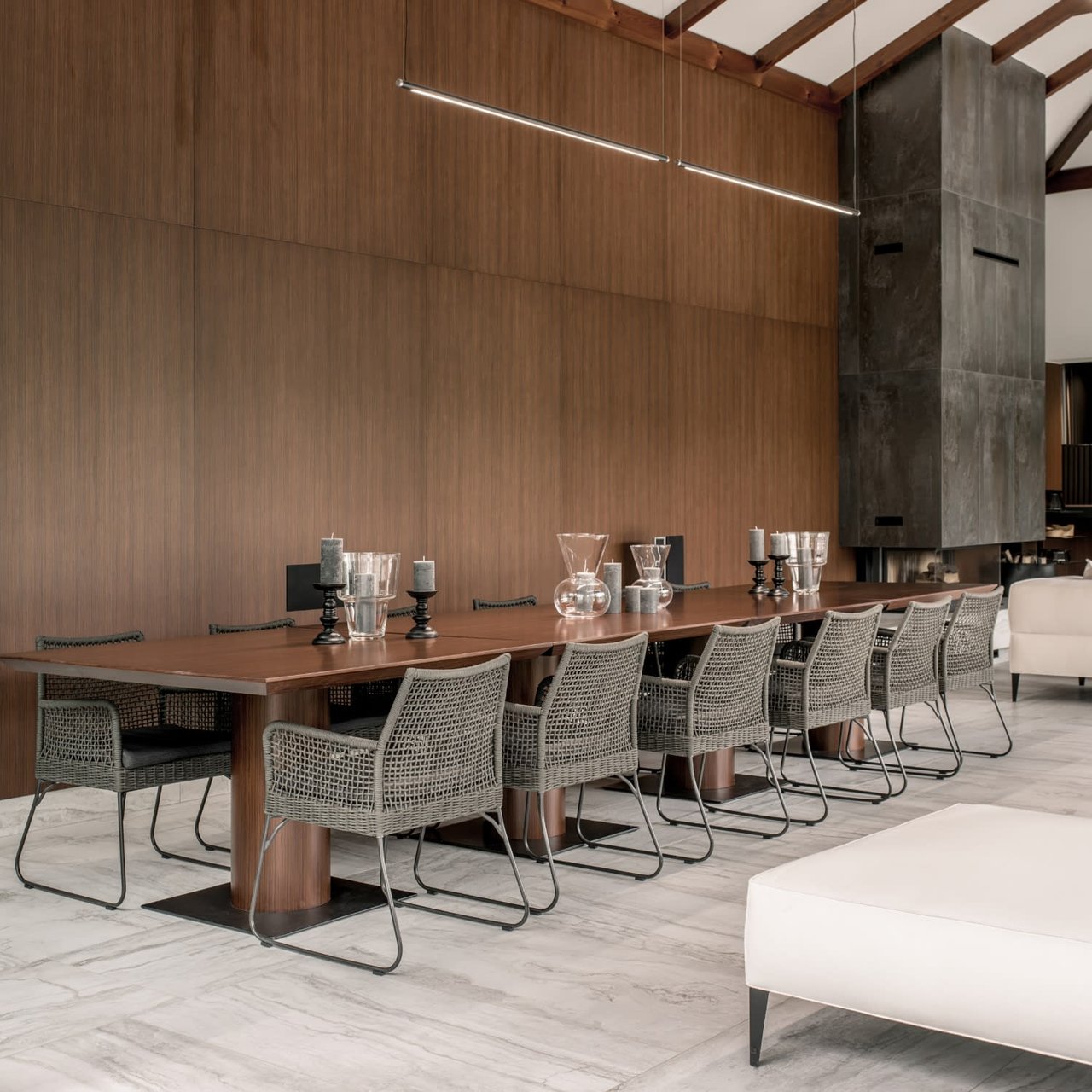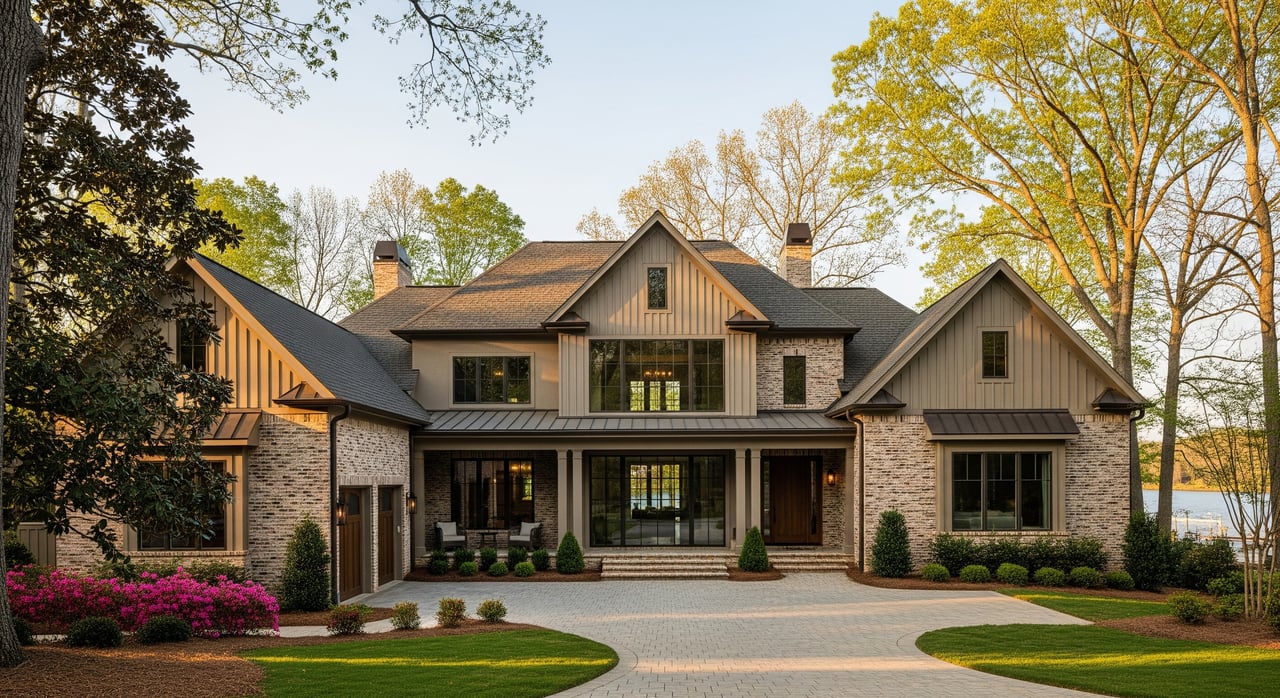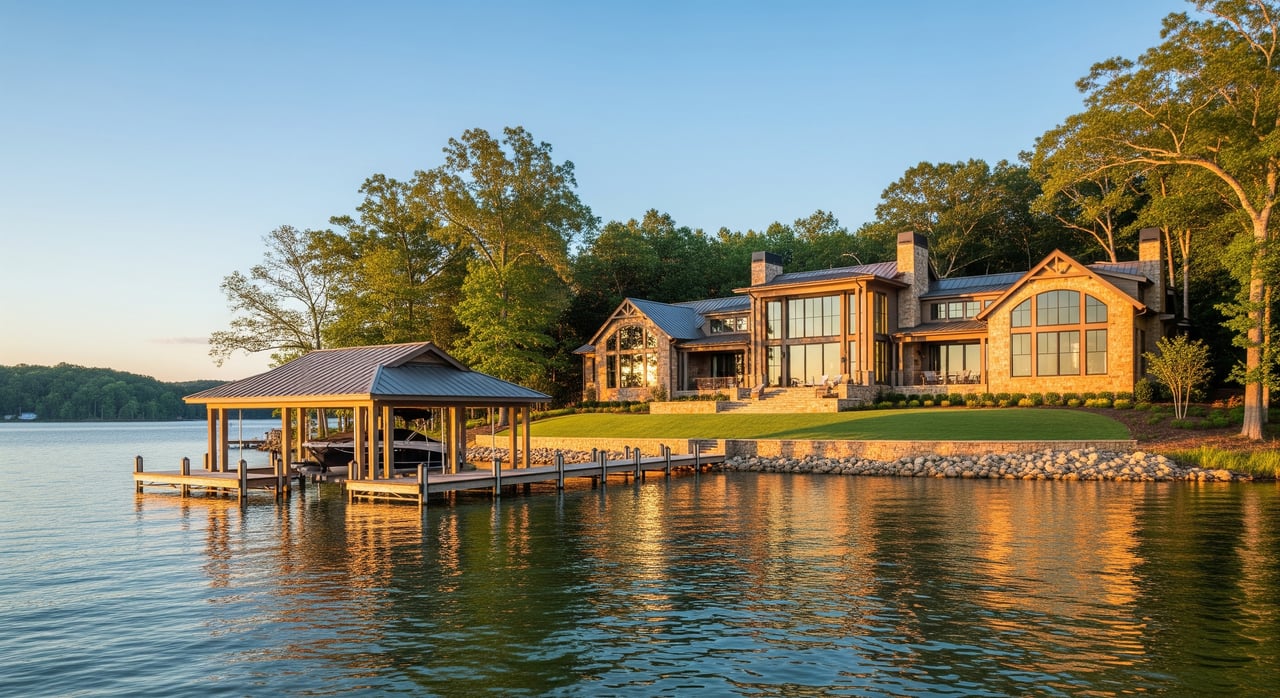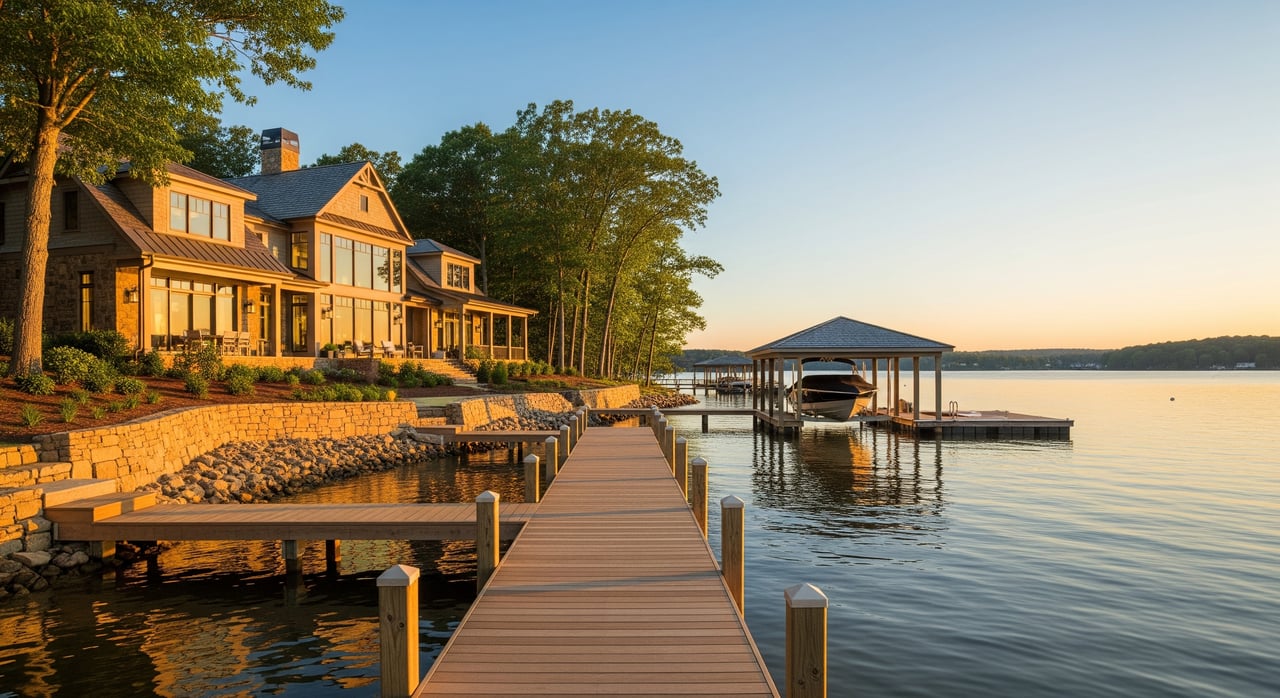New-home construction has emerged from the recession rather shaky thanks to scarce land, skyrocketing construction costs, and cash-strapped buyers.
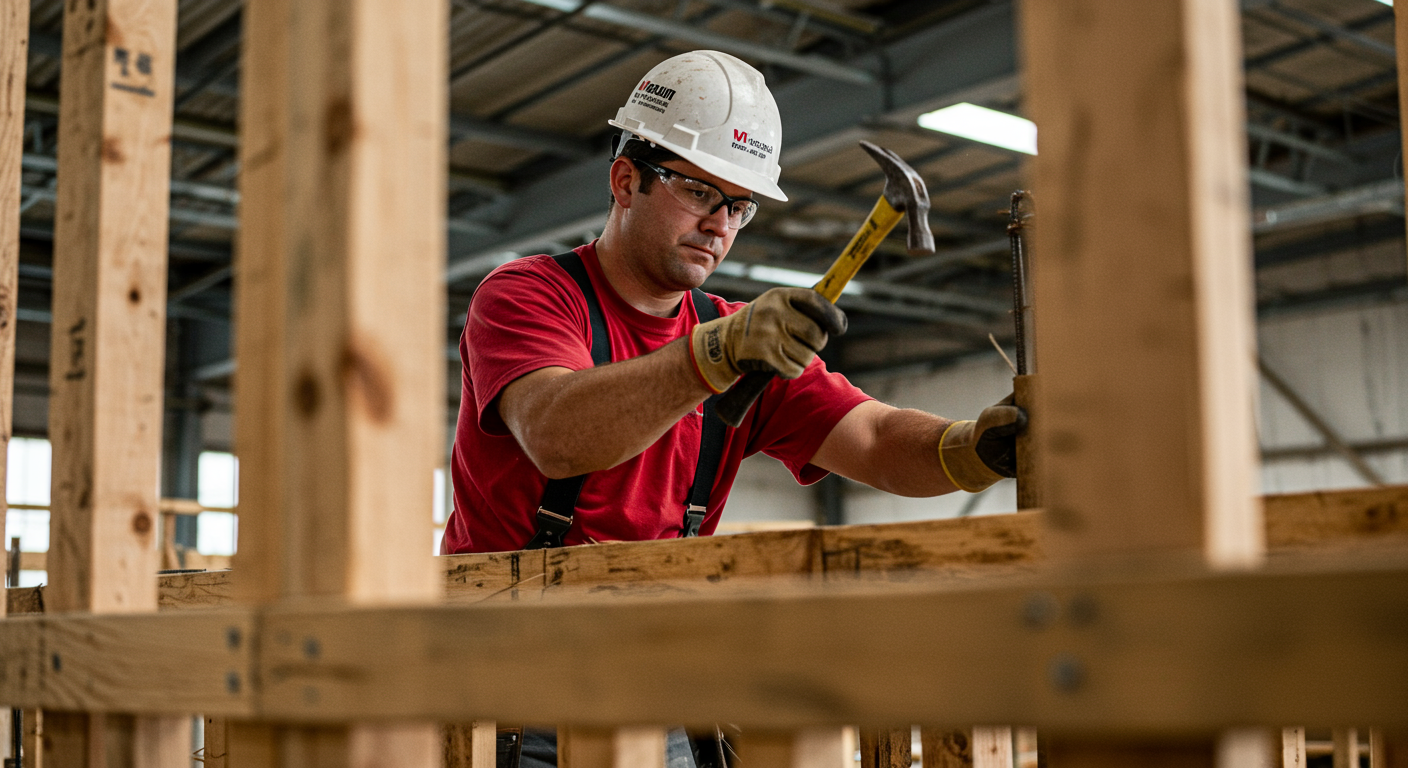
For the 10th anniversary of its survey on home design trends, the American Institute of Architects asked a panel of more than 500 architects what they expect to be the major changes in home design over the next decade.
Rather than identifying futuristic Jetsons-like robot maids and conveyor belts, the answers underscore that the industry will have to grapple with long-term global shifts in the environment and demographics. Trends they identified include a focus on materials that won’t make you sick, storm-proofing your home, and features to help you live there well into old age.
Kermit Baker, AIA’s chief economist, said changes in the home design also will be driven by the fact that many younger households who have put off buying a home are finally expected to purchase one. That new generation of home buyers brings a different set of tastes than those who bought a decade ago during the previous housing boom.
“It’s really been 15 to 20 years since the housing market was normal in any sense of the word. We have a whole new generation of home buyers out there,” Mr. Baker said. “I think builders are finding that they can’t just dust off the old models and start cranking them up again.”
Recent surveys indicate that young people aren’t necessarily keen on such pricey upgrades. With housing prices and rents rising, many are already struggling to save for down payments without splurging for extras. But as prices go down and reliability improves, that may change, architects argue.
In some cases, future trends may look a lot like returning to the past—such as using more natural and fewer synthetic materials.
“I’m not saying that the future of sustainable design is only the funky stuff,” said Lindsay Suter, an architect in North Bradford, Conn.
The five big trends they identified:
1. Disaster-resistant designs
With more extreme weather brought on by global warming, architects anticipate that design features intended to protect homes from flooding, fires, and wind damage will become more common even in noncoastal areas. Such protective measures can include elevating a home several feet in the air, safe rooms, or backup power generation.
2. Healthy building materials
Mirroring the move toward organic, farm-t0-table cuisine, homeowners are becoming more conscious that building materials can make them sick, according to AIA. Architects anticipate a move away from paints that give off chemical fumes and toward natural materials, such as wood and brick.
3. Smart-home automation
Architects anticipate that smart-home automation will catch on further, including being able to control temperature, security, and lighting from a smartphone. Some surveys show that young people aren’t necessarily especially keen on such gadgets and rated keeping costs down as a much higher priority.
4. Designs catering to an aging population
Design fixes that will allow people to stay living in their homes longer are likely to become more popular as the population ages, including wider hallways, lower windows, and more bungalows.
5. Energy-efficient design
Homes that use less electricity and water have become increasingly trendy in recent years and architects expect that to continue, but it is still unclear whether the costs outweigh the benefits. Mr. Suter, the Connecticut architect, said he encourages clients not simply to think of energy efficiency in dollar terms but to think of unforeseen benefits, such as a wood stove that can be used in case of a power outage.
